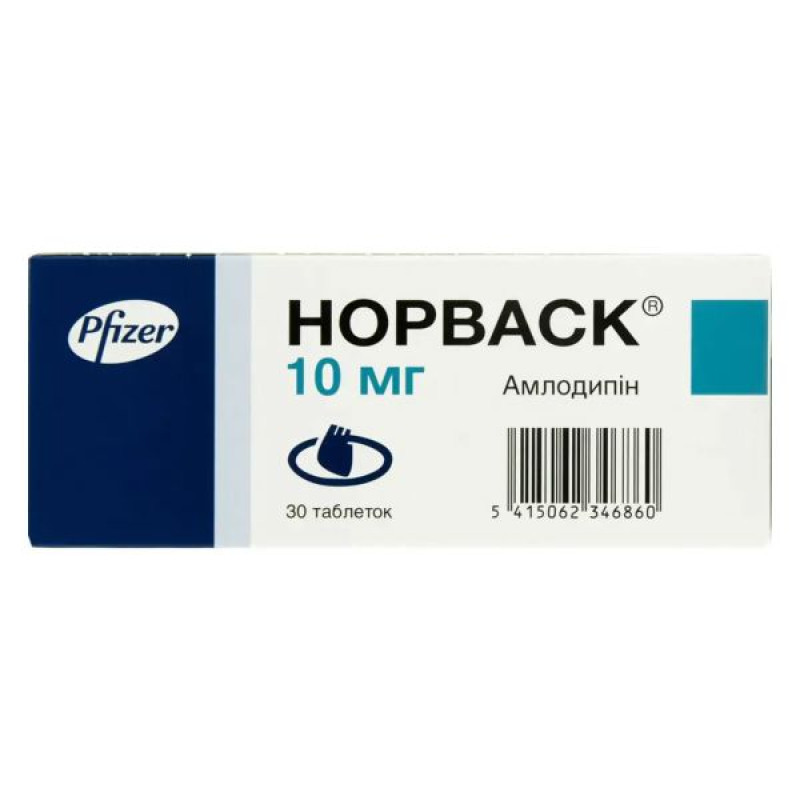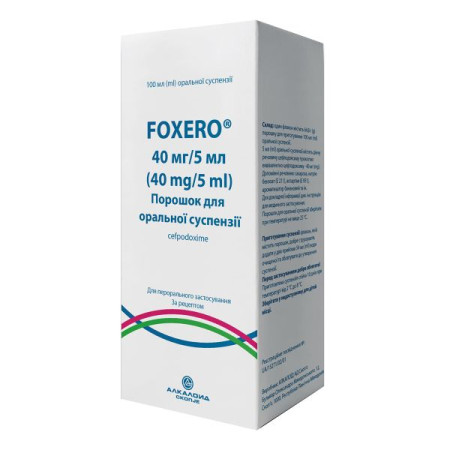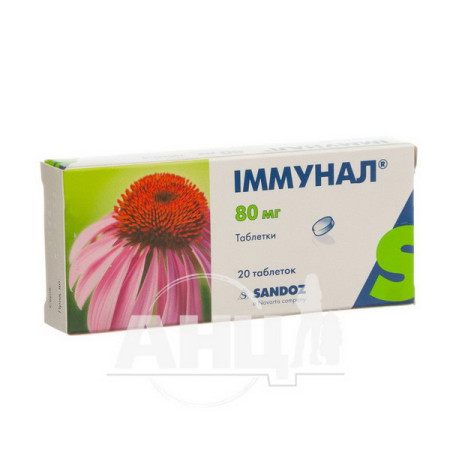Norvasc tablets 10 mg blister No. 30

Instructions Norvasc tablets 10 mg blister No. 30
Composition
active ingredient:
1 tablet contains 6.944 mg of amlodipine besylate, equivalent to 5 mg of amlodipine;
1 tablet contains 13.889 mg of amlodipine besylate, which is equivalent to 10 mg of amlodipine;
excipients: microcrystalline cellulose, calcium hydrogen phosphate anhydrous, sodium starch glycolate (type A), magnesium stearate.
Dosage form
Pills.
Main physicochemical properties:
5 mg tablets:
- white to almost white, emerald-shaped tablets, engraved
"AML 5" and a dividing line on one side and the "Pfizer" logo on the other;
or
- white to almost white, emerald-shaped tablets, engraved
"AML 5" and a dividing line on one side and no marking on the other;
10 mg tablets:
- white to almost white, emerald-shaped tablets, engraved
"AML-10" on one side and the "Pfizer" logo on the other;
or
- white to almost white, emerald-shaped tablets, engraved
"AML-10" on one side and unmarked on the other.
Pharmacotherapeutic group
ATX code.
Selective calcium antagonists with a predominant effect on blood vessels. ATC code C08C A01.
Pharmacological properties
Pharmacodynamics.
Amlodipine is a calcium antagonist (dihydropyridine derivative) that blocks the entry of calcium ions into the myocardium and smooth muscle cells.
The mechanism of the hypotensive action of amlodipine is due to a direct relaxing effect on vascular smooth muscle. The exact mechanism of the antianginal effect of amlodipine is not well defined, but the following effects play a role.
1. Amlodipine dilates peripheral arterioles and thus reduces peripheral resistance (afterload). Since the heart rate remains stable, the reduced workload on the heart leads to a decrease in energy consumption and myocardial oxygen demand.
2. Dilation of the main coronary arteries and coronary arterioles (normal and ischemic) may also play a role in the mechanism of action of amlodipine. Such dilation increases myocardial oxygen saturation in patients with coronary artery spasm (Prinzmetal's angina or variant angina).
In patients with arterial hypertension, the use of the drug 1 time per day provides a clinically significant reduction in blood pressure for 24 hours in both the supine and standing positions. Due to the slow onset of action of amlodipine, acute arterial hypotension is usually not observed.
In patients with angina pectoris, a single daily dose of the drug increases the total time of physical exertion, the time to the onset of angina pectoris, and the time to 1 mm of ST-segment depression. The drug reduces the frequency of angina attacks and reduces the need for nitroglycerin.
Amlodipine is not associated with any adverse metabolic effects or changes in plasma lipid levels and can be used in patients with asthma, diabetes, and gout.
Pharmacokinetics.
Suction/distribution.
After oral administration of therapeutic doses, amlodipine is gradually absorbed into the blood plasma. The absolute bioavailability of the unchanged molecule is approximately
64–80%. Peak plasma concentrations are reached within 6–12 hours after administration. The volume of distribution is approximately 21 l/kg; the acid dissociation constant (pKa) of amlodipine is 8.6. In vitro studies have shown that the binding of amlodipine to plasma proteins is approximately 97.5%.
Concomitant food intake does not affect the absorption of amlodipine.
Metabolism/excretion.
The plasma half-life is approximately 35–50 hours. Steady-state plasma concentrations are reached after 7–8 days of continuous administration. Amlodipine is primarily metabolized to inactive metabolites. Approximately 60% of the administered dose is excreted in the urine, approximately 10% of which is unchanged amlodipine.
Elderly patients.
The time to reach steady-state plasma concentrations of amlodipine is similar in elderly and adult patients. The clearance of amlodipine is usually somewhat reduced, which in elderly patients leads to an increase in the area under the concentration-time curve (AUC) and the half-life of the drug.
Patients with impaired renal function.
Amlodipine is extensively biotransformed to inactive metabolites. 10% of amlodipine is excreted unchanged in the urine. Changes in plasma amlodipine concentrations do not correlate with the degree of renal impairment. Patients with renal impairment can be treated with normal doses of amlodipine. Amlodipine is not dialysable.
Patients with impaired liver function.
Information on the use of amlodipine in patients with hepatic impairment is very limited. In patients with hepatic insufficiency, the clearance of amlodipine is reduced, resulting in a prolonged half-life and an increase in AUC by approximately 40-60%.
Pharmacokinetic studies were conducted in 74 hypertensive children aged 12 to 17 years (including 34 patients aged 6 to 12 years and 28 patients aged 13 to 17 years) who received amlodipine at doses of 1.25 to 20 mg/day in 1 or 2 divided doses. Typically, oral clearance in children aged 6 to 12 years and 13 to 17 years was 22.5 and 27.4 l/h, respectively, for boys and 16.4 and 21.3 l/h, respectively, for girls. There is considerable inter-patient variability in exposure. Limited information is available in patients under 6 years of age.
Indication
– Arterial hypertension.
– Chronic stable angina.
– Vasospastic angina (Prinzmetal's angina).
Contraindication
– Known hypersensitivity to dihydropyridines, amlodipine or any other component of the drug.
– Severe arterial hypotension.
– Shock (including cardiogenic shock).
– Obstruction of the left ventricular outflow tract (e.g. severe aortic stenosis).
- Hemodynamically unstable heart failure after acute myocardial infarction.
Interaction with other medicinal products and other types of interactions
Effect of other drugs on amlodipine.
CYP3A4 inhibitors.
Concomitant use of amlodipine and strong or moderate CYP3A4 inhibitors (protease inhibitors, azole antifungals, macrolides such as erythromycin or clarithromycin, verapamil or diltiazem) may lead to a significant increase in amlodipine exposure, which may also lead to an increased risk of hypotension. The clinical significance of such changes may be more pronounced in elderly patients. Clinical monitoring of the patient and dose adjustment may be necessary.
It is not recommended to use amlodipine and grapefruit or grapefruit juice simultaneously, since in some patients the bioavailability of amlodipine may increase, which, in turn, leads to increased hypotensive effect.
CYP3A4 inducers.
There is no information on the effect of CYP3A4 inducers on amlodipine. Concomitant use of amlodipine and substances that are CYP3A4 inducers (e.g. rifampicin, St. John's wort) may lead to a decrease in amlodipine plasma concentrations, therefore such combinations should be used with caution.
Dantrolene (infusion).
Fatal ventricular fibrillation and cardiovascular collapse associated with hyperkalemia have been observed in animals following intravenous administration of verapamil and dantrolene. Due to the risk of hyperkalemia, it is recommended that calcium channel blockers such as amlodipine be avoided in patients predisposed to malignant hyperthermia and in the treatment of malignant hyperthermia.
The effect of amlodipine on other drugs.
The hypotensive effect of amlodipine potentiates the hypotensive effect of other antihypertensive agents.
Tacrolimus.
There is a risk of increased blood levels of tacrolimus when co-administered with amlodipine, but the pharmacokinetic mechanism of this interaction has not been fully established. To avoid tacrolimus toxicity, regular monitoring of tacrolimus blood levels and, if necessary, dosage adjustment are required when amlodipine is co-administered.
Cyclosporine.
No interaction studies have been conducted with ciclosporin and amlodipine in healthy volunteers or other populations, except in renal transplant patients, where a variable increase in ciclosporin trough concentrations (mean 0-40%) was observed. In renal transplant patients receiving amlodipine, monitoring of ciclosporin concentrations should be considered and, if necessary, a reduction in the ciclosporin dose should be considered.
Simvastatin.
Co-administration of multiple doses of amlodipine 10 mg and simvastatin 80 mg resulted in a 77% increase in simvastatin exposure compared to simvastatin alone. For patients taking amlodipine, the dose of simvastatin should be limited to 20 mg daily.
Clinical drug interaction studies have shown that amlodipine does not affect the pharmacokinetics of atorvastatin, digoxin, or warfarin.
Application features
The safety and efficacy of amlodipine in hypertensive crisis have not been evaluated.
Patients with heart failure.
Norvasc® should be used with caution in this patient population. In a long-term placebo-controlled study in patients with severe heart failure (NYHA class III and IV), the incidence of pulmonary edema was higher with amlodipine than with placebo. Calcium channel blockers, including amlodipine, should be used with caution in patients with congestive heart failure, as they may increase the risk of future cardiovascular events and mortality.
The half-life of amlodipine and AUC parameters are longer in patients with impaired liver function; there are no recommendations regarding the dosage of the drug. Therefore, this category of patients should start using the drug at the lowest dose. Caution should be exercised both at the beginning of the drug and when increasing the dose. Patients with severe hepatic insufficiency may require slow dose selection and careful monitoring of the patient's condition.
Elderly patients.
Increasing the dose of the drug in this category of patients should be done with caution.
Patients with renal failure.
This category of patients should use the usual doses of the drug. Changes in the concentration of amlodipine in the blood plasma do not correlate with the degree of renal dysfunction. Amlodipine is not removed by dialysis.
Amlodipine does not affect the results of laboratory tests.
It is not recommended to use amlodipine with grapefruit or grapefruit juice, as bioavailability may be increased in some patients, leading to increased hypotensive effect of the drug.
Fertility.
Reversible biochemical changes in the sperm head have been reported in some patients receiving calcium channel blockers. There is insufficient clinical information on the potential effect of amlodipine on fertility.
Use during pregnancy or breastfeeding
The safety of amlodipine in women during pregnancy has not been established.
The use of amlodipine during pregnancy is recommended only in cases where there is no safer alternative and the risk associated with the disease itself outweighs the possible harm from treatment for the mother and fetus.
Reproductive toxicity was observed in animal studies at high doses.
Breastfeeding period.
It is not known whether amlodipine is excreted in human milk. A decision must be made whether to continue breastfeeding or to continue using amlodipine, taking into account the benefit of breastfeeding for the child and the benefit of the drug for the mother.
Ability to influence reaction speed when driving vehicles or other mechanisms
Amlodipine may have minor or moderate influence on the ability to drive and use machines.
Reaction speed may be reduced in the presence of symptoms such as dizziness, headache, confusion or nausea.
Caution should be exercised, especially at the beginning of therapy.
Method of administration and doses
Adults.
For the treatment of hypertension and angina pectoris, the usual starting dose of Norvasc® is 5 mg once daily. Depending on the patient's response to therapy, the dose may be increased to a maximum dose of 10 mg once daily.
In patients with angina pectoris, the drug can be used as monotherapy or in combination with other antianginal drugs in case of resistance to nitrates and/or adequate doses of beta-blockers.
There is experience with the use of the drug in combination with thiazide diuretics, alpha-blockers, beta-blockers or angiotensin-converting enzyme inhibitors in patients with arterial hypertension.
There is no need to adjust the dose of the drug when used simultaneously with thiazide diuretics, beta-blockers and angiotensin-converting enzyme inhibitors.
Children aged 6 years and older with arterial hypertension.
The recommended initial dose of Norvasc® for this category of patients is 2.5 mg once daily. If the desired blood pressure level is not achieved within 4 weeks, the dose can be increased to 5 mg daily. The use of the drug in doses higher than 5 mg in this category of patients has not been studied.
Elderly patients.
No dose adjustment is necessary for this patient group. Dose increases should be made with caution.
Patients with renal impairment.
It is recommended to use the usual doses of the drug, since changes in plasma concentrations of amlodipine are not associated with the severity of renal failure. Amlodipine is not excreted by dialysis.
Patients with impaired liver function.
The dosage regimen for patients with mild to moderate hepatic impairment has not been established, therefore dose selection should be carried out with caution and the drug should be started at the lowest dose in the dose range (see sections 4.4 and 5.1). The pharmacokinetics of amlodipine have not been studied in patients with severe hepatic impairment. In patients with severe hepatic impairment, amlodipine should be started at the lowest dose and titrated gradually.
5 mg tablets can be divided in half to obtain a 2.5 mg dose.
Children.
The drug is used in children aged 6 years and older.
The effect of amlodipine on blood pressure in patients under 6 years of age is unknown.
Overdose
Symptoms of Overdose: Available information suggests that a significant overdose of Norvasc® will result in excessive peripheral vasodilation and possibly reflex tachycardia. Significant and possibly prolonged systemic hypotension, including shock with fatal outcome, has been reported.
Treatment: Clinically significant hypotension due to amlodipine overdose requires active support of the cardiovascular system, including frequent monitoring of cardiac and respiratory functions, elevation of the lower extremities, monitoring of circulating fluid volume and urine output.
Vasoconstrictors can be used to restore vascular tone and blood pressure, making sure there are no contraindications to their use. Intravenous calcium gluconate may be useful for reversing the effects of calcium channel blockade.
Gastric lavage may be useful in some cases. Administration of activated charcoal to healthy volunteers within 2 hours of administration of 10 mg of amlodipine significantly reduced its absorption.
Since amlodipine is extensively protein bound, the effect of dialysis is negligible.
Adverse reactions
The most commonly reported adverse reactions with amlodipine are: drowsiness, dizziness, headache, palpitations, flushing, abdominal pain, nausea, leg swelling, edema, and fatigue.
Adverse reactions reported with amlodipine are listed below by system organ class and frequency: very common (≥ 1/10), common (≥ 1/100 to < 1/10), uncommon (≥ 1/1,000 to ≤ 1/100), rare (≥ 1/10,000 to ≤ 1/1,000), very rare (≤ 1/10,000).
Blood and lymphatic system disorders.
Very rare: leukocytopenia, thrombocytopenia.
Immune system disorders.
Very rare: allergic reactions.
Metabolic disorders and nutritional disorders.
Very rare: hyperglycemia.
Mental disorders.
Uncommon: depression, mood changes (including anxiety), insomnia.
Rare: confusion.
Nervous system disorders.
Common: drowsiness, dizziness, headache (mainly at the beginning of treatment).
Uncommon: tremor, dysgeusia, syncope, hypoesthesia, paraesthesia.
Very rare: hypertension, peripheral neuropathy.
Visual impairment.
Common: visual disturbances (including diplopia).
Hearing and labyrinth disorders.
Uncommon: ringing in the ears.
Heart disorders.
Common: palpitations.
Uncommon: arrhythmia (including bradycardia, ventricular tachycardia and atrial fibrillation).
Very rare: myocardial infarction.
Vascular disorders.
Often: hot flashes.
Uncommon: hypotension.
Very rare: vasculitis.
Respiratory, thoracic and mediastinal disorders.
Common: dyspnoea.
Uncommon: cough, rhinitis.
Gastrointestinal disorders.
Common: abdominal pain, nausea, dyspepsia, intestinal motility disorders (including diarrhea and constipation).
Uncommon: vomiting, dry mouth.
Very rare: pancreatitis, gastritis, gingival hyperplasia.
Hepatobiliary system disorders.
Very rare: hepatitis, jaundice, increased liver enzymes (most often associated with cholestasis).
Skin and subcutaneous tissue disorders.
Uncommon: alopecia, purpura, skin discoloration, increased sweating, itching, rash, exanthema, urticaria.
Very rare: angioedema, erythema multiforme, exfoliative dermatitis, Stevens-Johnson syndrome, Quincke's edema, photosensitivity.
Musculoskeletal and connective tissue disorders.
Common: swelling of the lower legs, muscle cramps.
Uncommon: arthralgia, myalgia, back pain.
Kidney and urinary tract disorders.
Uncommon: urinary disorders, nocturia, increased urinary frequency.
Disorders of the reproductive system and mammary glands.
Uncommon: impotence, gynecomastia.
General disorders and administration site conditions.
Very common: edema.
Common: fatigue, asthenia.
Uncommon: chest pain, pain, malaise.
Research.
Uncommon: weight gain or loss.
Exceptional cases of extrapyramidal syndrome have been reported.
Reporting of suspected adverse reactions.
Reporting suspected adverse reactions after a medicinal product has been authorised is important. This allows for continuous monitoring of the benefit-risk balance of the medicinal product. Physicians should report any suspected adverse reactions as required by law.
Expiration date
4 years.
Storage conditions
Store at a temperature not exceeding +25 °C in a place inaccessible to children.
Packaging
10 tablets in a blister, 3 or 6 blisters in a cardboard box.
Vacation category
According to the recipe.
Producer
R-Pharm Deutschland GmbH / R-Pharm Deutschland GmbH.
Location of the manufacturer and its business address
Heinrich-Mack-Strasse 35, 89257 Illertissen, Germany.
There are no reviews for this product.
There are no reviews for this product, be the first to leave your review.
No questions about this product, be the first and ask your question.













